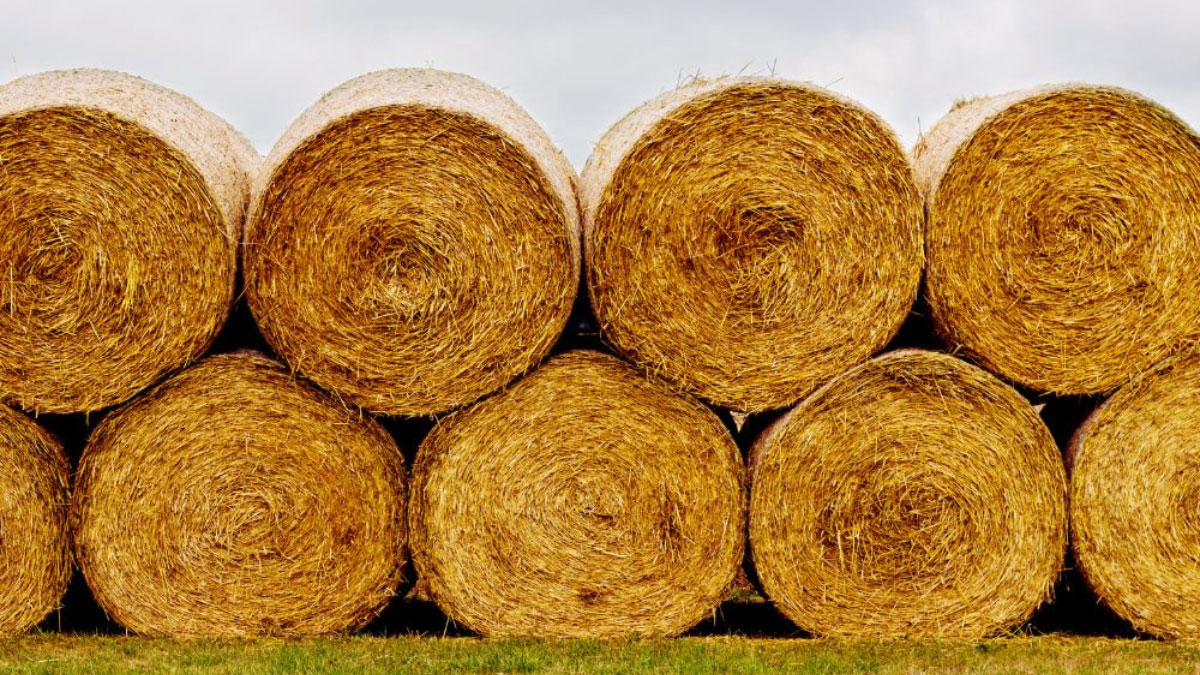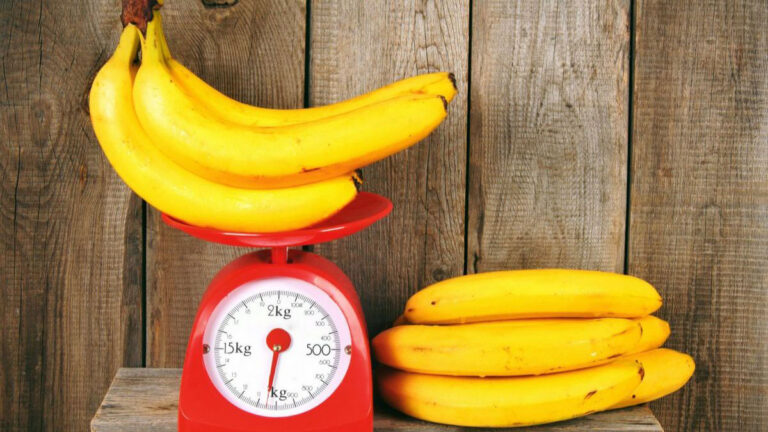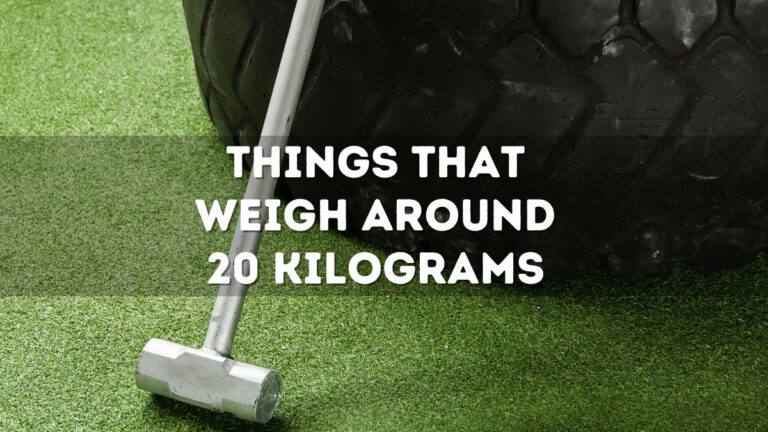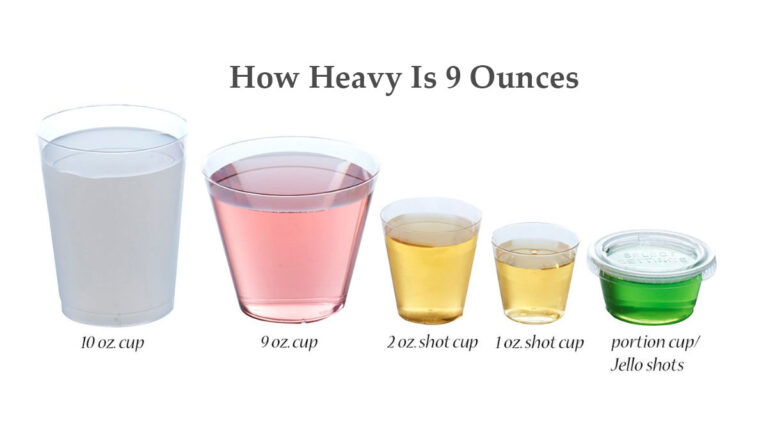How Much Does a Bale of Hay Weigh?
Understanding hay bale weights is crucial for farmers, ranchers, and agricultural professionals. The weight of hay bales varies significantly based on several factors, including size, shape, density, and moisture content.
Types of Hay Bales and Their Weights
Small Square Bales
Small square bales are the most common and manageable type, typically weighing between 40-60 pounds (18-27 kg) for two-string bales[4]. These bales are ideal for small farms and manual handling. Three-wire square bales are slightly larger, weighing 100-140 pounds (45-54 kg)[3].
Large Square Bales
Large square bales come in various dimensions:
- 6′ x 4′ x 3′ weighing approximately 350kg
- 8′ x 3′ x 3′ weighing approximately 400kg
- 8′ x 4′ x 3′ weighing approximately 600kg[1]
Round Bales
Round bales vary significantly in weight based on size:
- 4′ x 4′ bales weigh approximately 250kg
- 4′ x 5′ bales weigh approximately 350kg
- 5′ x 6′ bales weigh approximately 500kg[1][2]
Factors Affecting Hay Bale Weight
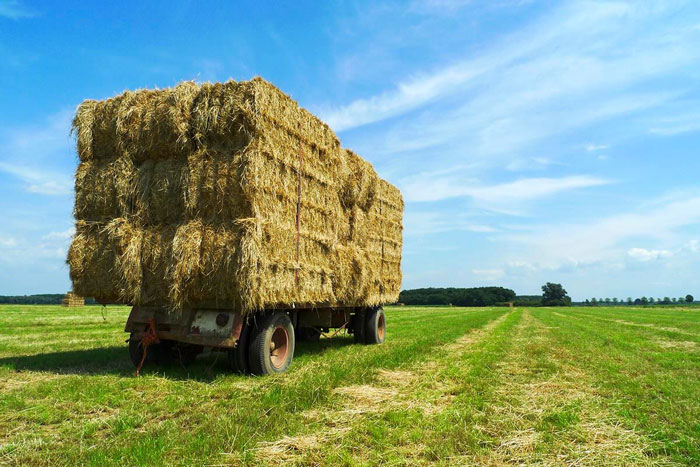
Plant Variety
Different types of hay produce varying weights:
- Alfalfa hay is typically 15% heavier than grass hay
- Grass hay bales weigh approximately 20% less than legume bales[4]
Moisture Content
Moisture content significantly impacts bale weight:
- Dry hay typically contains 85% dry matter
- Higher moisture content increases weight but can lead to spoilage
- Proper moisture levels are crucial for storage and preservation[2]
Bale Density
The compression level affects weight:
- Standard density: 9-12 pounds per cubic foot
- High-density bales can weigh 2-3 times more than standard bales
- Modern balers with compression systems create denser, heavier bales[1]
Weight Comparison Table
| Bale Type | Dimensions | Weight Range |
|---|---|---|
| Small Square (2-string) | 14″ x 18″ x 36″ | 40-60 lbs |
| Small Square (3-wire) | 16″ x 22″ x 44″ | 100-140 lbs |
| Large Square | 3′ x 4′ x 8′ | 800-1,500 lbs |
| Round (Small) | 4′ x 4′ | 500-700 lbs |
| Round (Large) | 5′ x 6′ | 1,200-2,000 lbs |
Storage and Weight Management
Proper Stacking Techniques
Weight distribution is crucial when stacking hay bales:
- Bottom layer should be placed on pallets or elevated surfaces
- Heavier bales should form the base
- Stack similar-sized bales together for stability
- Leave air gaps between bales for ventilation
Weight Considerations for Storage Structures
Building requirements vary based on bale weight:
- Floor loading capacity: minimum 750 lbs/sq ft
- Roof support requirements: 20-30 lbs/sq ft
- Wall strength considerations for lateral pressure
Transportation and Weight Limits
Vehicle Load Capacity
Different vehicles have specific hay transportation limits:
- Pickup trucks: 1-2 round bales
- Flatbed trailers: 15-20 round bales
- Semi-trailers: 28-34 large square bales
Legal Weight Restrictions
Transportation regulations for hay loads:
- Maximum gross vehicle weight: 80,000 lbs
- Axle weight limits vary by jurisdiction
- Permits required for oversized loads
Calculating Hay Requirements
Daily Feed Requirements
Average consumption rates per animal:
- Horses: 20-25 lbs per day
- Cattle: 25-30 lbs per day
- Sheep: 4-5 lbs per day
Annual Storage Planning
Formula for calculating yearly hay needs:
Annual Hay Need = (Daily consumption × Number of animals × Feeding days) + Waste factor (15%)Weight Measurement Methods
On-Farm Weighing Options
Various methods to determine bale weight:
- Platform scales
- Load cells
- Portable axle scales
- Hanging scales for small bales
Economic Implications of Hay Bale Weight
Pricing Structure
Weight-based pricing considerations:
- Price per ton varies by region and season
- Premium rates for higher-density bales
- Quality factors affecting price:
- Protein content
- Leaf-to-stem ratio
- Maturity at harvest
Cost Analysis Table
| Bale Type | Average Weight | Cost per Ton | Cost per Bale |
|---|---|---|---|
| Small Square | 50 lbs | $200-250 | $5-7 |
| Large Square | 1,200 lbs | $150-200 | $90-120 |
| Round Bale | 1,000 lbs | $125-175 | $65-85 |
Quality Assessment and Weight Correlation
Moisture Testing
Optimal moisture levels for different bale types:
- Small square bales: 15-18%
- Large square bales: 12-16%
- Round bales: 14-18%
Density Impact on Quality
Higher density benefits:
- Better preservation
- Reduced storage space
- Lower transportation costs
- Improved fermentation in wrapped bales
Common Weight-Related Issues
Storage Problems
Weight-related challenges:
- Bottom bale compression
- Structural stress on buildings
- Moisture accumulation
- Stack stability
Transportation Challenges
Common issues during movement:
- Load shifting
- Trailer capacity limitations
- Road restrictions
- Equipment strain
Equipment Specifications
Baler Requirements
Power needs based on bale weight:
- Small square balers: 35-40 HP
- Large square balers: 100-180 HP
- Round balers: 60-120 HP
Frequently Asked Questions About Hay Bale Weight
General Weight Questions
Q: How much does a standard small square bale weigh?
A: A standard small square bale typically weighs between 40-60 pounds, though this can vary based on density and moisture content.
Q: What affects the weight of a hay bale?
A: Key factors include:
- Moisture content
- Type of hay
- Baler settings
- Compression level
- Storage conditions
Q: How many small square bales equal one round bale?
A: Generally, one 5’x6′ round bale equals approximately 20-25 small square bales in weight and volume.
Weight Management Best Practices
Handling Guidelines
Safety considerations based on weight:
- Use appropriate equipment for bale size
- Maintain proper lifting techniques
- Consider mechanical aids for heavy bales
- Implement team lifting protocols
Storage Recommendations
Weight-based storage guidelines:
- Maximum stack height by bale type
- Floor load capacity requirements
- Ventilation specifications
- Moisture management protocols
Regional Weight Variations
Geographic Factors
Weight differences by region:
- Humid climates: Heavier bales due to moisture
- Arid regions: Lighter, drier bales
- Altitude effects on density
- Local farming practices
Seasonal Impact
Weight fluctuations throughout the year:
- Spring harvest: Higher moisture content
- Summer harvest: Optimal weight range
- Fall harvest: Variable moisture levels
Industry Standards and Regulations
Weight Compliance
Legal requirements for hay sales:
- Certified scale requirements
- Weight verification procedures
- Documentation requirements
- Transportation permits
Key Takeaways and Practical Applications
Weight Estimation Guidelines
Essential points for accurate weight assessment:
- Visual indicators of proper weight
- Physical inspection methods
- Measurement tools and techniques
- Record-keeping practices
Future Trends in Hay Bale Weight Management
The industry is evolving with:
- Smart baling technology
- Automated weight monitoring
- Precision density control
- Digital tracking systems
Conclusion
Understanding hay bale weights is fundamental for efficient agricultural operations. Proper weight management ensures:
- Optimal storage utilization
- Cost-effective transportation
- Appropriate feeding programs
- Equipment longevity
Additional Resources
Weight Calculation Tools
Essential tools for weight management:
- Digital scales
- Moisture meters
- Density calculators
- Load cells
Safety Equipment
Required equipment based on weight:
- Proper lifting equipment
- Personal protective gear
- Transportation securing devices
Citations:
[1] https://www.feedcentral.com.au/how-much-do-hay-bales-weigh/
[2] https://www.feedinglivestock.vic.gov.au/2019/05/02/bale-weights/
[3] https://davidwoodshay.com/2022/08/how-much-does-a-bale-of-hay-weigh/
[4] https://hayforks.com/how-much-does-a-bale-of-hay-weigh/
[5] https://www.bayequest.com/how-much-does-a-hay-bale-weigh/
[6] https://agtech.folio3.com/blogs/how-much-does-a-bale-of-hay-weigh/

